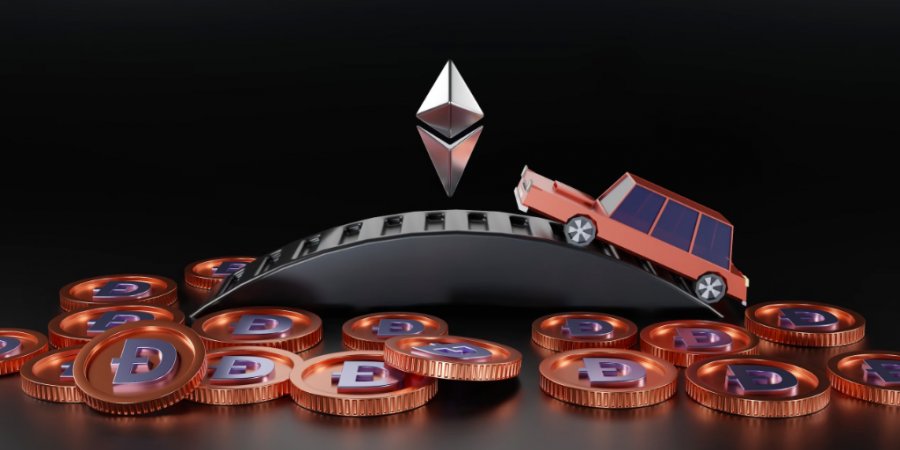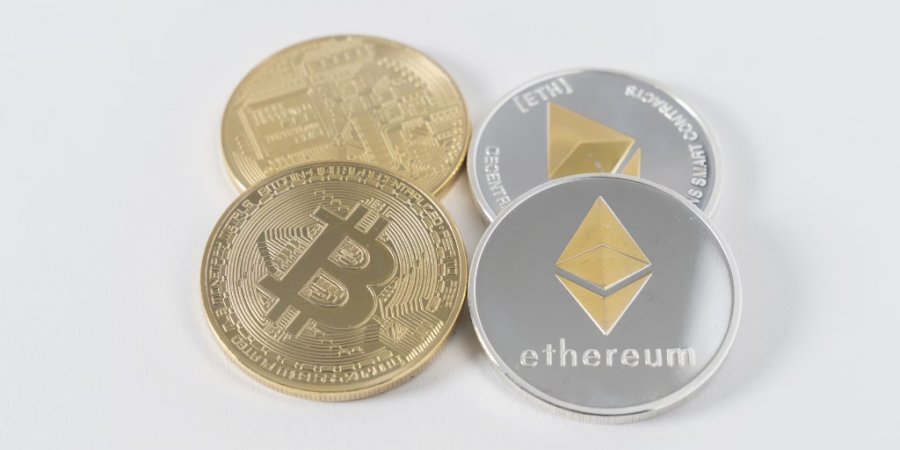Crypto You Can Mine On A Laptop: A Comprehensive Guide

Mining cryptocurrencies has become a popular way to earn passive income for many tech enthusiasts. While the days of mining Bitcoin on a home computer are long gone, there are still several cryptocurrencies that can be mined using a laptop or desktop. In this guide, we'll explore some of the most popular cryptocurrencies you can mine from the comfort of your home.
The Reality of Home Mining
Mining bitcoin on an individual computer is no longer viable due to the increasing mining difficulty and the advent of specialized hardware. However, there are other cryptocurrencies that can still be mined at home, provided you're willing to invest time and effort.
Dogecoin (DOGE)
Dogecoin, which started as a meme-based digital currency, has gained significant traction, thanks in part to endorsements from figures like Elon Musk. Unlike Bitcoin, which has a finite supply, Dogecoin adds new coins each year, incentivizing miners.
How To Mine Dogecoin
- Get a Dogecoin wallet to store your earnings.
- For CPU mining, use the CPU miner software. For faster mining, utilize graphic cards like AMD and Nvidia.
- Consider joining a mining pool like MultiPool to increase your mining returns.
Ethereum Classic (ETC)
Ethereum Classic offers an alternative to those who disagreed with Ethereum's DAO bailout. With Ethereum moving to proof of stake, Ethereum Classic has become a more attractive option for miners.
How To Mine Ethereum Classic
ETC can be mined using both ASIC machines and desktop computers. A list of resources for Ethereum Classic mining can be found online.
Monero (XMR)
Monero is known for its privacy features. Its network is designed to resist the development of Monero-specific ASICs, making it suitable for home computer mining.
How To Mine Monero
- Download the official Monero GUI client for storing coins.
- Use mining software that supports Monero, like MultiMiner.
ZCash (ZEC)
ZCash is a privacy-centric digital currency. Its Equihash algorithm is designed to be ASIC resistant, allowing home miners with a GPU to participate.
How To Mine ZCash
- Download the Zcash blockchain and set up your wallet.
- Download drivers for your graphics cards and follow the mining instructions available online.
Ravencoin (RVN)
Ravencoin is optimized for transferring assets like tokens. It's a fork of Bitcoin and is open source.
How To Mine Ravencoin
The Ravencoin KAWPOW algorithm is ASIC resistant and can be mined using a consumer-grade GPU. More details on mining Ravencoin are available online.
Bitcoin Gold (BTG)
Bitcoin Gold, a fork of the original Bitcoin blockchain, aims to extend Bitcoin's scalability and development potential.
How To Mine Bitcoin Gold
Bitcoin Gold uses the Equihash-BTG algorithm. More information on mining Bitcoin Gold can be found online.
Horizen (ZEN)
Horizen, with its native cryptocurrency ZEN, is a proof-of-work, equihash-based cryptocurrency mineable with a GPU.
How To Mine Zen Coin
More information about mining ZEN can be found online.
Bytecoin (BCN)
Bytecoin is an anonymous cryptocurrency that is easy to mine on a home computer.
How To Mine Bytecoin
- Download the Bytecoin wallet and sync with Bytecoin's blockchain.
- Create a wallet and start mining. Joining a mining pool like bytecoin-pool.org can enhance earnings.
Beam (BEAM)
Beam, a MimbleWimble implementation, employs the Hashii algorithm that supports GPU mining.
How To Mine Beam
- Download the official Desktop Wallet.
- Configure your settings and ensure you create a permanent address for mining revenues.
Vertcoin (VTC)
Vertcoin is designed to stay true to the spirit of decentralization. It employs the Lyra2RE algorithm, which is ASIC resistant.
How to Mine Vertcoin
Vertcoin supports easy mining. Download the software and join a mining pool to maximize revenues.
Grin (GRIN)
Grin employs the MimbleWimble algorithm and is ASIC-resistant.
How To Mine Grin
- Download the blockchain from the official website.
- Connect the node to your wallet and configure your graphics cards.
AEON (AEON)
AEON, forked from Monero, uses the CryptoNight-Lite algorithm.
How To Mine AEON
AEON can be mined with Windows CPUs, and AMB and Nvidia GPUs. More info on mining AEON can be found online.
The Economics of GPU Mining

When considering mining cryptocurrency at home, it's essential to understand the financial implications. The profitability of mining is influenced by several factors:
Hardware and Initial Setup Costs
The initial investment in mining hardware, especially GPUs, can be significant. High-performance GPUs like the NVIDIA GeForce RTX 3090 or the GeForce RTX 3080 can range from $600 to over $2000. The performance of these GPUs is measured in their hashrate, which indicates the power or speed at which they can mine a cryptocurrency. The higher the hashrate, the more efficient the mining process.
Electricity Costs
One of the most significant ongoing costs for miners is electricity. Mining consumes a lot of power, and depending on where you live, this can either make or break your mining profitability. For instance, the average electricity cost in the U.S is 16.11 cents per kilowatt-hour, but this varies widely between states. In places like Idaho, electricity is relatively cheap at 7.99 cents per kWh, while in Hawaii, it's much higher at 43.18 cents.
Coin Volatility
The market price of the cryptocurrency you're mining plays a crucial role in determining profitability. Cryptocurrency prices are known for their volatility. Mining a crypto that's on an upward trend will be more profitable than one that's declining.
Mining Pools and Revenue
Joining a mining pool can increase your chances of earning rewards, as it combines the processing power of multiple miners. While there's a fee involved, the consistent returns can often outweigh solo mining, which can be hit or miss.
For instance, a GeForce RTX 3080 GPU, with a hashrate of 48MH/s, could earn around $217 a month mining Ethereum. In contrast, an Intel i9-10900 CPU, with a hashrate of 4KH/s, might only generate about $9 worth of Monero in the same period.
Scaling Up Your Mining Operation
If you're considering scaling up your mining operation, it's essential to understand the challenges. For instance, a professional GPU miner with 13 desktops detailed their experience:
-
Technology Setup: They used low-cost Intel systems with motherboards supporting 8 or more GPUs. The mining was 100% GPU-dependent, so CPU speed wasn't a factor. All rigs were set in an open frame with cooling fans.
-
Profitability: Ethereum was the most profitable to mine. A rig with 8 AMD RX580's generated $20 per day before electricity costs. During a bull market, the same setup could earn up to $17,000 per month.
-
Electricity and Heat: Each rig used about 1000 watts, essentially acting as a 1000-watt heater. The more rigs you have, the more cooling you'll need, especially if mining from home.
Final Thoughts
While large-scale operations dominate the crypto mining industry, at-home miners can still find a niche by selecting profitable coins and using efficient hardware. By understanding the costs involved and keeping an eye on market trends, it's possible to turn a profit and engage in this exciting aspect of the crypto world.
If you have been following crypto news, you will understand that the world of cryptocurrency is always evolving, and what's profitable today might not be tomorrow. Stay informed, stay adaptable, and happy mining!